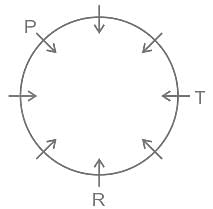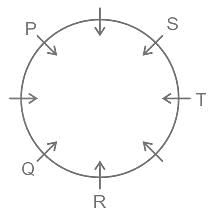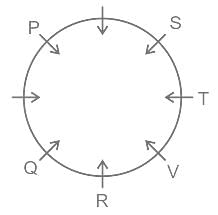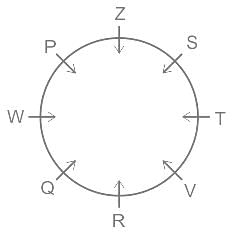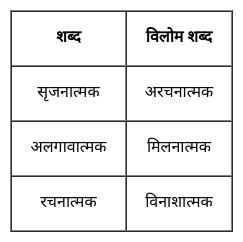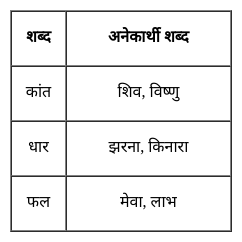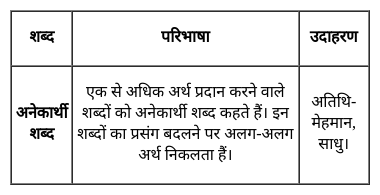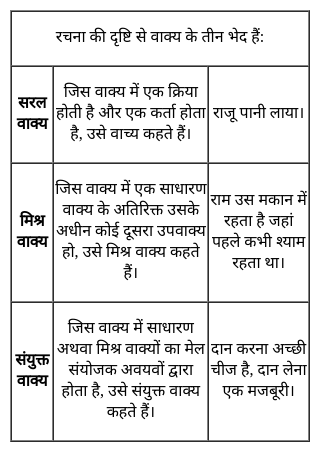NVS TGT Science Mock Test - 10 - NVS TGT/PGT MCQ
30 Questions MCQ Test - NVS TGT Science Mock Test - 10
Which institution is hosting the All India Research Scholars’ Summit (AIRSS) 2024?
Which country has recently secured the position of the First Vice Chair in the FAO COFI Sub-Committee on Fisheries Management?
Directions to Solve
In each of the following questions find out the alternative which will replace the question mark.
Question -
3 : 12 :: 5 : ?
Three out of the four alternatives are same in a certain way and so form a group. Find the odd one that does not belong to the group.
To drag a selected range of data to another worksheet in the same workbook, use the
How do you change column width to fit the contents?
In teaching-learning process, it is imperative that students ask questions in class. Why should a student be encouraged to ask questions in class?
If the mass of earth is increased by 25% without any change in its size. Then, its acceleration due to gravity:
Which of the following will undergo addition reactions?
A student heats 25g of reactant ‘A’ with 50g of reactant ‘B’. He obtains 50g of product ‘C’ and recovers 25 g of unreacted ‘B’. Which of the following law is confirmed in the following reaction?
The presence of various cell organelles within the cell helps in
In a bisexual flower, the parts that produce male and female gametes (germcells) are
The enzymes contained in pancreatic juices help in the digestion of:
Which of the following is NOT mentioned as a respiratory substrate in the provided content?
Direction: In the following questions, Out of four alternatives choose the one which can be substituted for the given words/sentence.
Give and receive mutually
गीता ने कहानी लिखकर पुरस्कार प्राप्त किया।' वाक्य किसका उदाहरण है?




